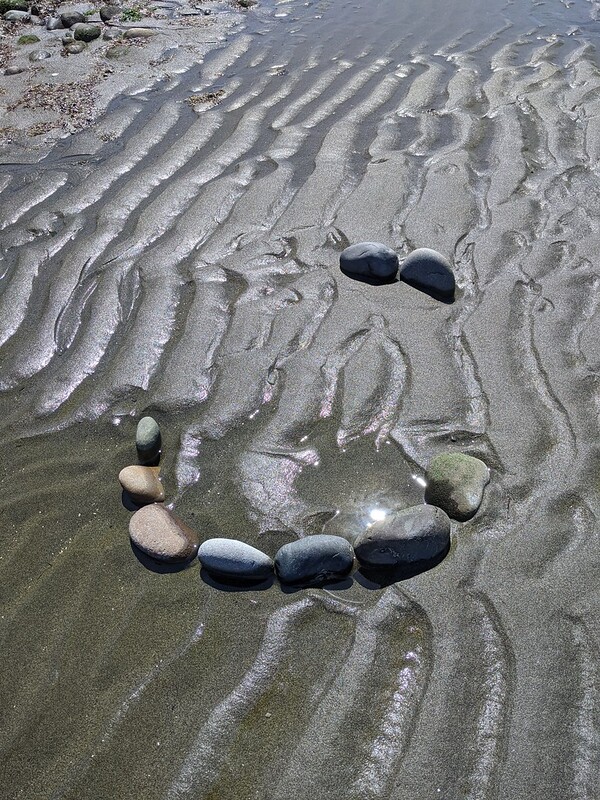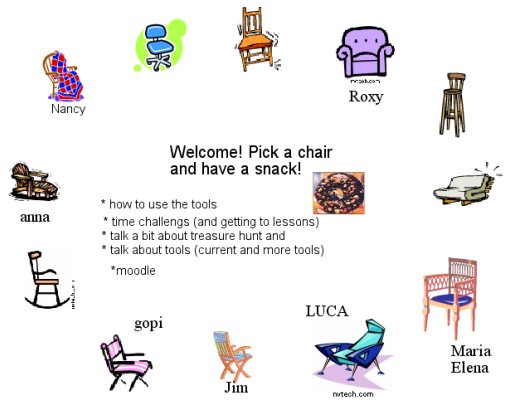From 2010, this draft is ironic as we enter another year of staying home with Covid. My wide-spread life is becoming a little more locally dense again, but isolation, like leaving town, doesn’t do a lot for community connections!
Anyone who follows my Flickr stream knows that I love my garden and the projects my family and I cook up in that little space. Our latest addition is a chicken coop and some crazy little chicks. I can’t wait for sunny summer weather to sit on my little circular patio with my new granddaughter.
While travel often takes me away from home, the gravitational pull to stay is strong. When I’m away, I miss my walks to the local yoga studio, passing familiar homes, often waving and saying hello to some of the habitual neighborhood walkers (and their dogs.) Right now a couple of blocks from my house they are breaking ground for a community garden and I hanker to go by, to volunteer this Saturday. But yes, I’m on the road. So it is a great pleasure to be able to follow my neighborhood blog, to read about the city wide urban gardening projects IDEAD LINK!) and, of course, to stay in touch with my family online.
So last night over a lovely dinner and relaxed conversation with Dave Pollard and his brother Alan, we started talking about the impact our online interaction/time/investment has had on our lives. For both of us, it has entirely changed the trajectories of our lives. Dave brought up the question that (in my words) asks us “at what cost?” It has a cost and Dave has me thinking and wondering – which is a good thing.
One cost to me was that I went from very densely connected in Seattle because of the nature of my past work, to very widely connected across the globe. I have a huge network of connections of varying strength that I treasure. But I can’t even conceptualize them, let alone keep them all in my head and even keep a reasonable number of them in my heart. When I’m connected to them (online or F2F) that connection reignites. But the amount of “out of sight, out of mind” is actually very discomforting when I examine it. What does that say to the quality of the relationship, to the amount of caring we can muster for each other when our networks become very large?
Lots to think about.


